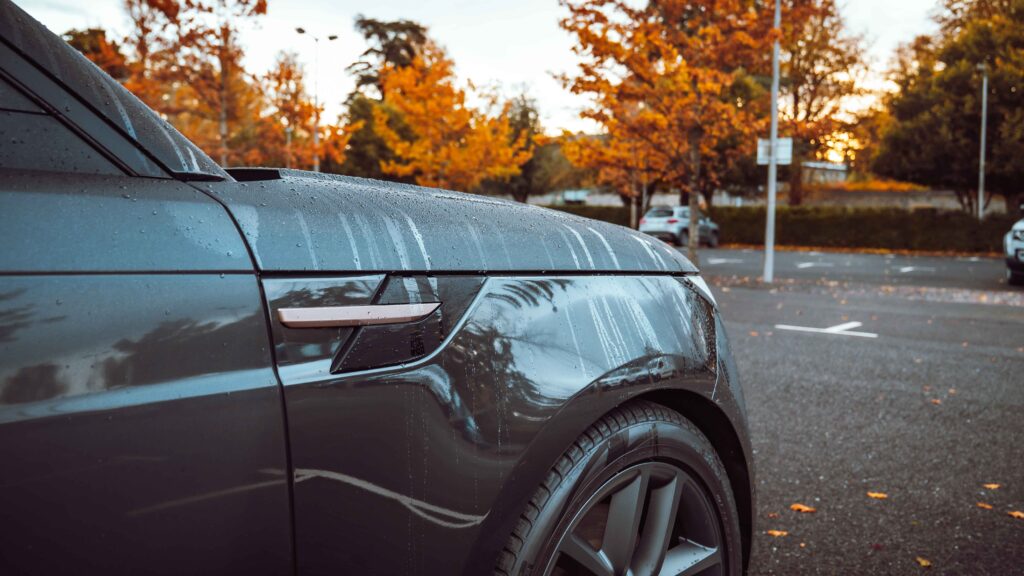Range Rovers are aspirational, desirable, practical and were never really known for their economy. Now we have the Range Rover and Range Rover Sport plug-in Hybrids. The P440e AWD PHEV starts at €145,998, it’s fully capable of managing most short commutes in fully electric mode up to around 113 kms. We sampled the new Range Rover and Sport hybrids on the grounds of Carton House where there’s a course for showing off the all terrain capabilities as well as the 7 degrees of all wheel steering. Mechanically and electronically in the Sport, the powertrain is identical to the Range Rover plug-in. With rapid charge capability an 80 % top-up takes less than an hour and recharging using a standard home wallbox can take up to five hours.
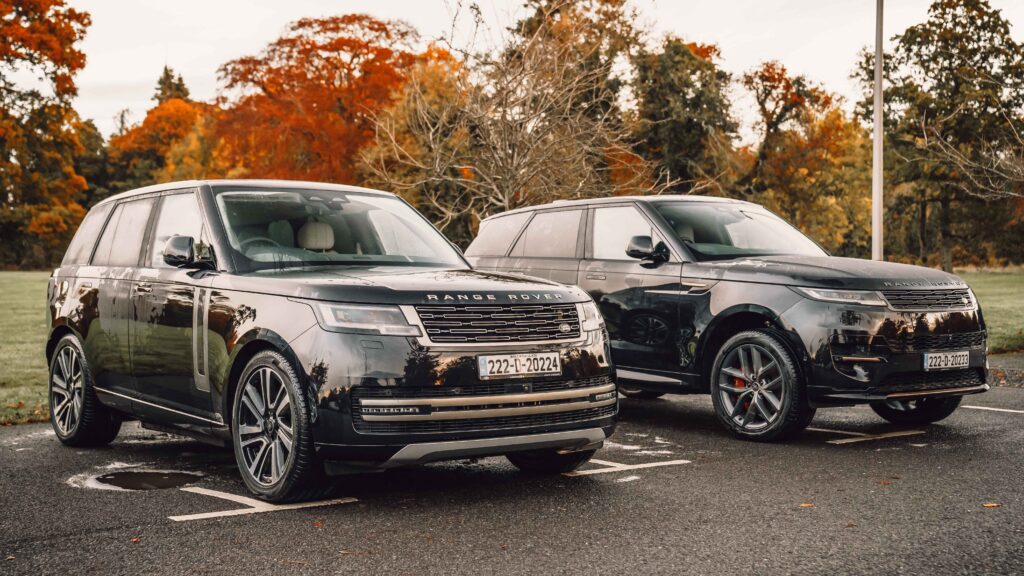
The two PHEV’s use a 38.2kWh battery feeding a 141 BHP electric motor alongside a 3.0-litre turbocharged straight-six petrol engine. However, for the P510e the petrol unit’s output is upped to deliver total combined figures of 503bhp and 700 Nm of torque – the latter available from just 1,000rpm and sustained right up to 5,000rpm.
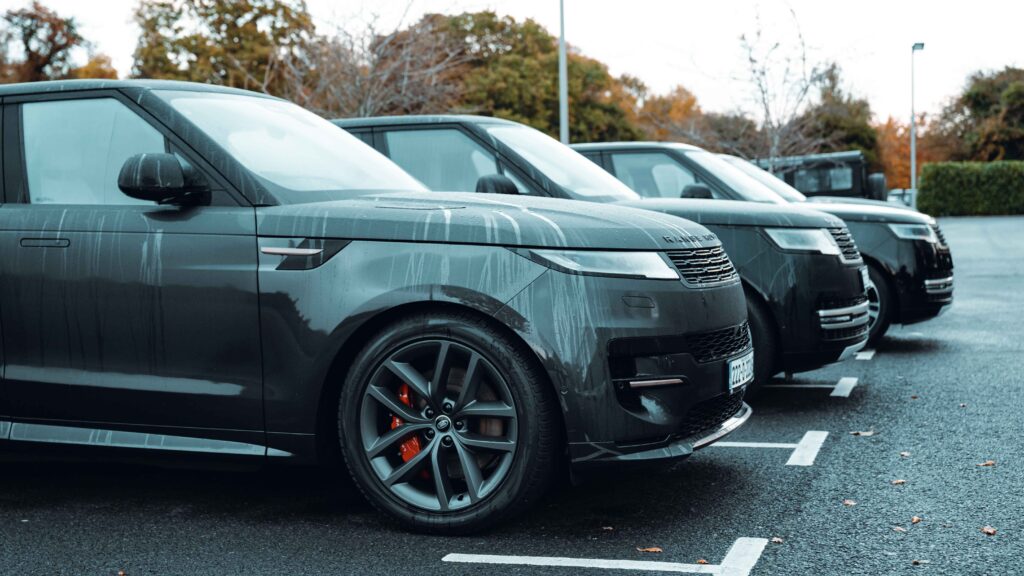
Power delivery is linear and smooth, the e-motor powers up first, ahead of the petrol engine at lower revs, then the combustion engine picks up at higher ranges. All of this ensures you move off smoothly, quickly and efficiently. When the petrol engine kicks in it’s really unnoticeable and extremely smooth; you only get a muted roar at full throttle. Most of the time the transmission manages inputs carefully, only the odd time when the petrol engine kicks in suddenly, does it jump a little. It’s best to let the car dictate when to use its electrical energy, petrol, or a combination of both. The Range Rover Sport clearly has a more dynamic focus compared with its bigger brother. Maneuverability is impressive, active all-wheel steering adds to its agility. The rear wheels can turn up to 7.3 degrees which helps in muddy trails, slow corners and especially when parking in tight spots. The sophisticated mixed metal architecture adds an extra 35% stiffness.
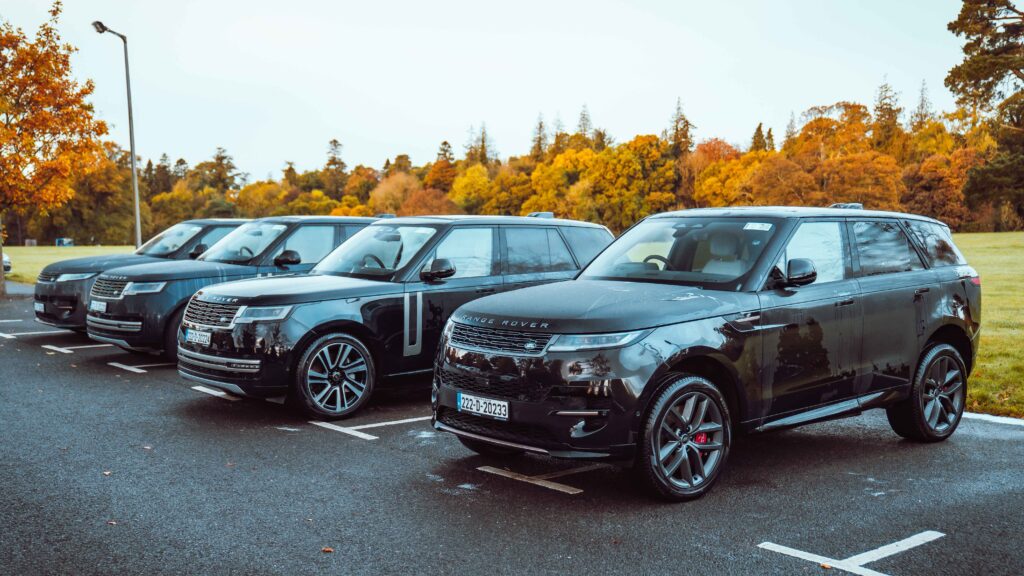
The plug-in hybrid Sport’s significant 2,735kg weight doesn’t suppress acceleration, even with just slight inputs of the throttle. Thanks to the adaptive air suspension, Dynamic Response Pro active anti-roll control and an electronically controlled rear diff with torque vectoring are fine, and as you’d expect the ride isn’t compromised.
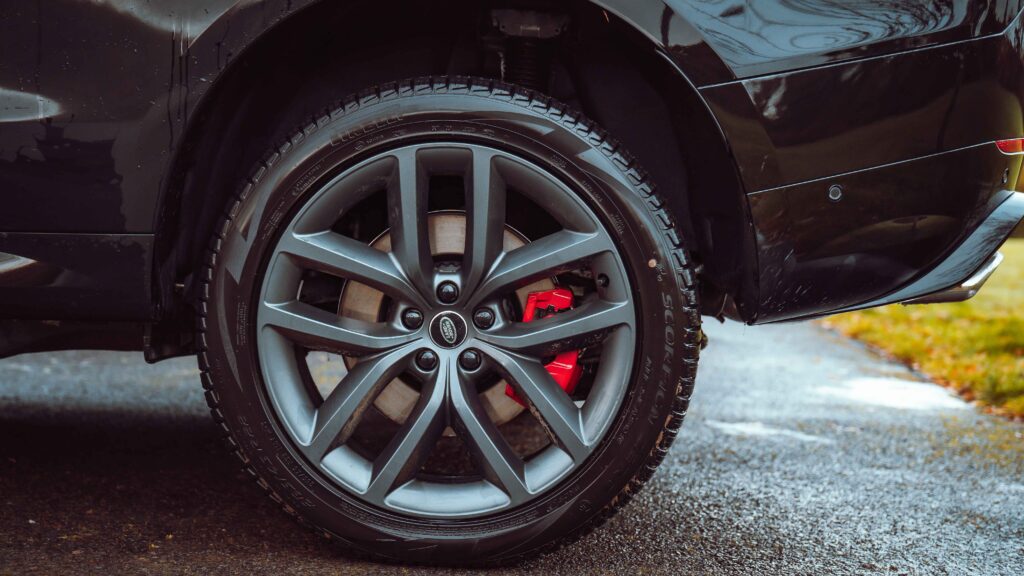
Throughout the Range Rover there’s sophisticated details with precise controls and it’s all impeccably presented in the finest materials. The tech is accessed via a floating 13.1-inch Pivi Pro screen centrally located on the mid section of the dashboard. The touchscreen is placed at an angle on the centre console that enhances an engaging driving position.
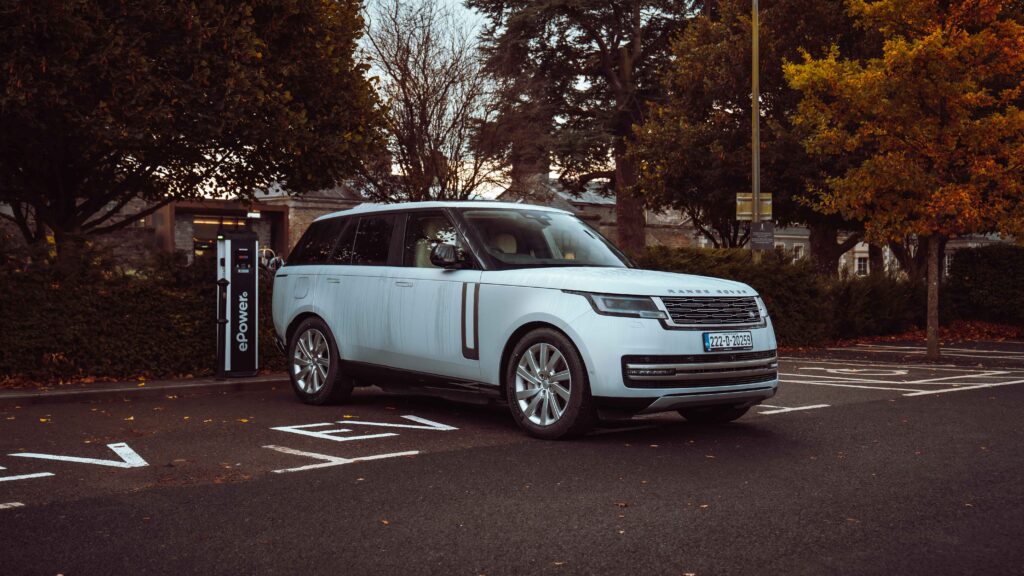
Hybrid is a somewhat cost-effective way of running a vehicle that’s some way past 100k, is heavy, extremely refined and a very luxurious car. This third-generation Range Rover Sports capability is the best and the broadest there’s been. It feels as close to the Range Rover as it can possibly be allowed, it has an impressively light touch on the road for such a heavy car that glides along and gets on with the down and dirty when needed.
